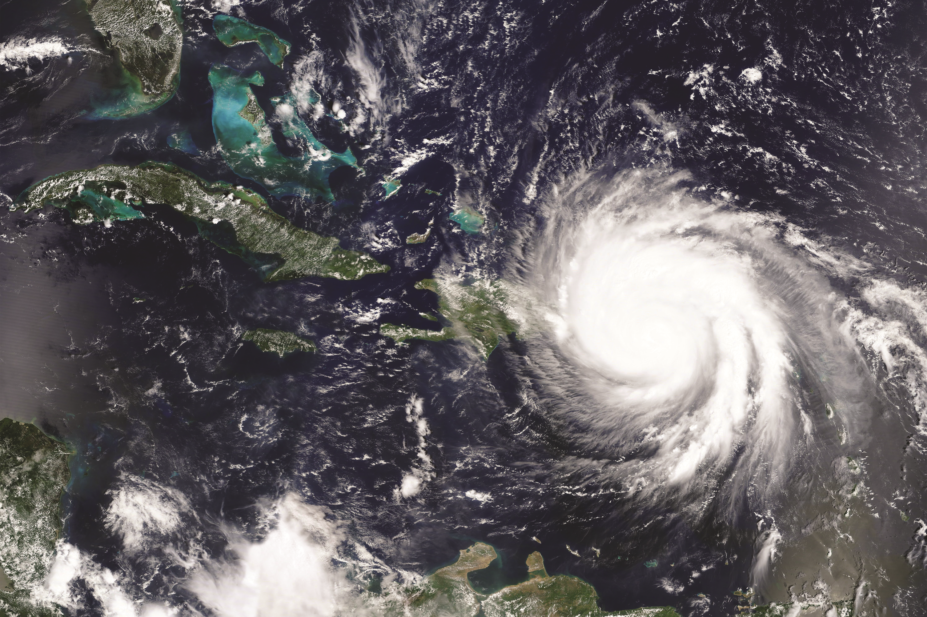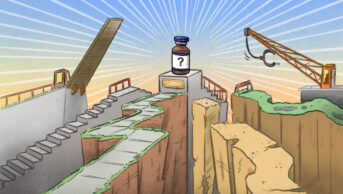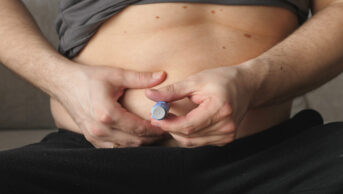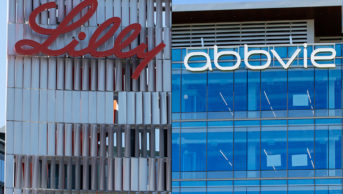
Shutterstock.com
The damage wreaked by Hurricane Maria in Puerto Rico in September 2017 could have serious repercussions for patients who rely on medicines and healthcare products manufactured there.
Puerto Rico is one of the world’s biggest centres for pharmaceutical manufacturing, hosting more than 500 medical product facilities, but damage to infrastructure has led the US Food and Drug Administration (FDA) to take action.
It is drug supply to the US that is most threatened. About 80% of the drug products manufactured on the island of Puerto Rico are consumed by US citizens and pharmaceutical products manufactured in Puerto Rico make up nearly 10% of all drugs consumed by Americans.
The FDA identified more than 20 firms as producing medically important FDA-regulated products, and 40 high-priority drugs for which short-term disruption of production could lead to shortages which would have a substantial impact on public health.
As well as sending teams to Puerto Rico to ensure that food and medicinal products available to residents are safe, the FDA has been working with federal and local government to mitigate any potential disruption to production of medicinal products. This has included clearing debris to reach facilities, assessing fuel needs to keep generators running, and securing permissions to allow planes to land in Puerto Rico and fly critical products to the continental United States.
However, with extensive damage to the island’s infrastructure likely to impact the ability to manufacture and distribute products, the situation is far from resolved. FDA commissioner Scott Gottlieb said in a statement: “Even the facilities that sustained relatively minor damage are running on generator power. They could be without commercial power for months while crews work to restore stable power to the island. The generators allowed many facilities to re-start production, but certainly not all. Moreover, most of the facilities that we know of, that have resumed production, maintain only partial operations. New shortages could result from these disruptions and shortages that existed before the storms could potentially be extended.”
The FDA has created a hurricane shortages task force to identify potential issues that could lead to drug shortages. “We have broadened the mandate of our emergency operations team to take on the additional task of prioritizing efforts to address the potential for medical product shortages,” Gottlieb said.
So far, no problems in supply of pharmaceuticals destined for the UK have been reported by the Association of the British Pharmaceutical Industry, the Healthcare Distribution Association or the Pharmaceutical Services Negotiating Committee (PSNC). All organisations said they would continue to monitor supplies.
Mike Dent, director of pharmacy finance at the PSNC, said: “There are many factors influencing the UK medicines market at present and PSNC’s focus is on ensuring that pharmacy contractors can access the medicines their patients need and that they are reimbursed correctly. We are seeking urgent intervention from the Department of Health to help pharmacies to manage the impact of the current generics pricing and supply issues.”
According to the Puerto Rico Industrial Development Company, the island’s factories make 13 of the world’s top-selling brand-name drugs. This includes 75% of Abbvie’s Humira, the world’s top-selling drug in 2014, while AstraZeneca’s top-selling drug Crestor is made exclusively in Puerto Rico.


